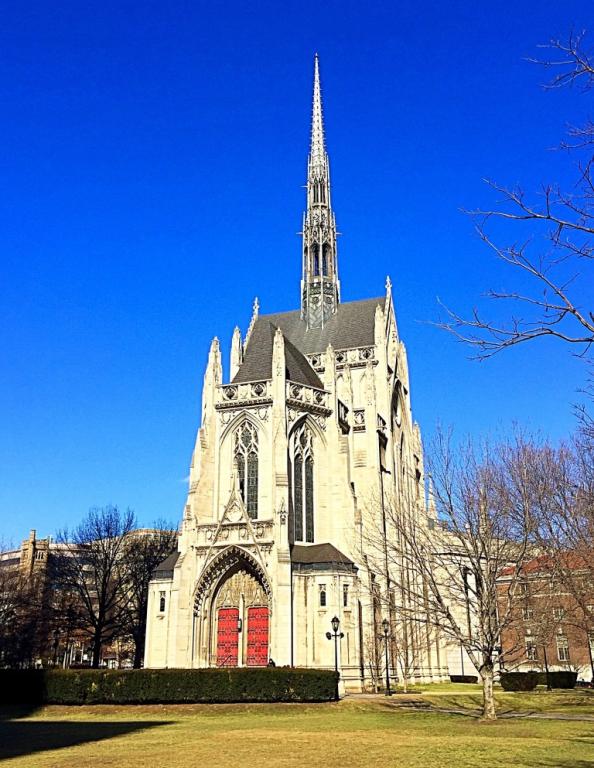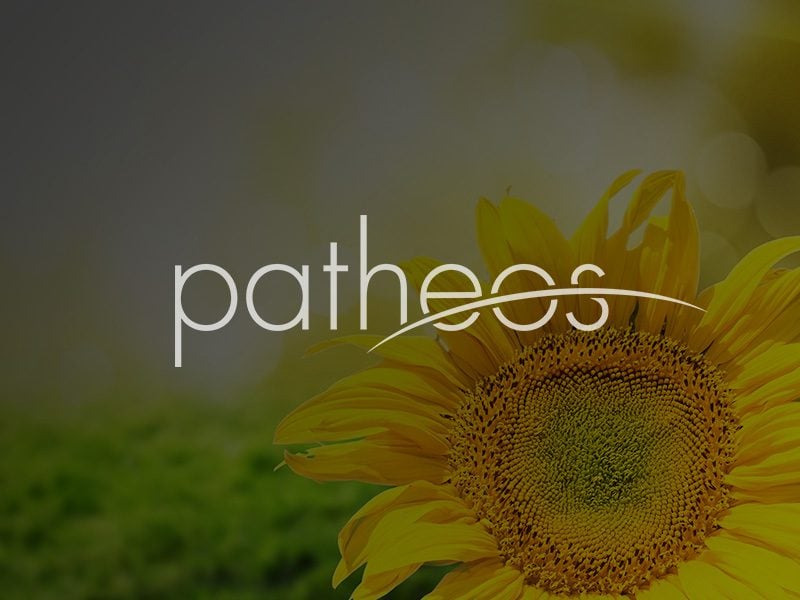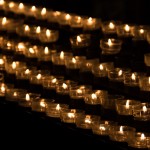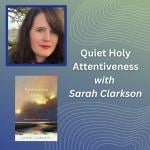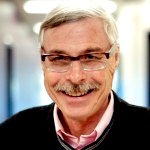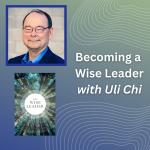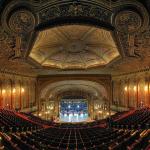“Come and see!”
It seems that all week I have been thinking about those words. For a few days I heard them from my granddaughter Magdalena, her three-year old self eager to have the adults in her little world “come and see” what she was doing. One morning she and I spent an hour or so swimming, and she moved from gingerly stepping into the pool with her water-wings, to holding onto the edge of the pool as she jumped into its wetness, to finally saying to me, “It’s not so bad” as she jumped in with all her brave energy, even putting her face into the water, now knowing that the water was just water.
But at the key moments along the way, she said, very loudly, to her parents who were in the screened porch, “come, see!” Of course she wouldn’t be satisfied telling them what she was learning; she had to have them see her do it—if they were going to really understand, they would have to see it.
I drove from the Chesapeake Bay to Washington on Wednesday afternoon, to step into three days of our annual “Come and See,” a conversation-and-conference about the meaning of vocation. Given that we write a lot about that, and speak all over about that, a couple years ago we decided that it would be good to invite folks in, to “come and see” what it means in the concreteness of our context.
Our vision has been to invite a triad into our life: some in the marketplace, some pastors and some university and seminary professors. We want to change the paradigm. Our credo is “Vocation is integral, not incidental, to the missio Dei”– and sadly, mostly, the reverse of that is what is offered. Not maliciously, of course, but it still it is what is taught all over the world, and the teaching has consequences.
 So we introduced our guests—from all over the country they had come –to Hans Hess from Elevation Burger and Dave Blanchard from the Praxis Labs, to Todd Deatherage from the Telos Group and Mark Rodgers from the Wedgwood Circle, to Laura Waters Hinson of “As We Forgive” and “Dog Days” and Tommy Hinson from Church of the Advent, to Katherine Haley and Allison Beach Halataei from the Congress, and to Jay Jakub from the Mars Corporation –in different ways showing that vocation is a complex and rich word, giving meaning to who we are and what we do, making sense of personal relationships but also public responsibilities.
So we introduced our guests—from all over the country they had come –to Hans Hess from Elevation Burger and Dave Blanchard from the Praxis Labs, to Todd Deatherage from the Telos Group and Mark Rodgers from the Wedgwood Circle, to Laura Waters Hinson of “As We Forgive” and “Dog Days” and Tommy Hinson from Church of the Advent, to Katherine Haley and Allison Beach Halataei from the Congress, and to Jay Jakub from the Mars Corporation –in different ways showing that vocation is a complex and rich word, giving meaning to who we are and what we do, making sense of personal relationships but also public responsibilities.
In every way we believe that words have to become flesh, for us to understand them. The incarnation is not only the heart of Christian theology, but is the heart of the truest pedagogy– and so we invited folk to “come and see” what the conversation about vocation looks like in life. From what I heard, people were honestly affected; they saw what we hoped they would see, they heard what we hoped they would hear. Time will tell, of course, as they move back to their own neighborhoods, back into their own lives where work and worship, personal life and public life, are twined together, and live into what they saw and heard here.
In the end, it never gets very far from Magdalena’s simple, earnest, “come and see.” For us to believe that something is true, we have to see that it can be done; that in fact it does get worked out in life. That somehow, somewhere, in some way, what is said becomes what is done. Yes, always and everywhere, the words have to become flesh, and dwell for a while among us.
Originally posted at the Washington Institute for Faith, Vocation, and Culture. You can read more reports from the conference here!



